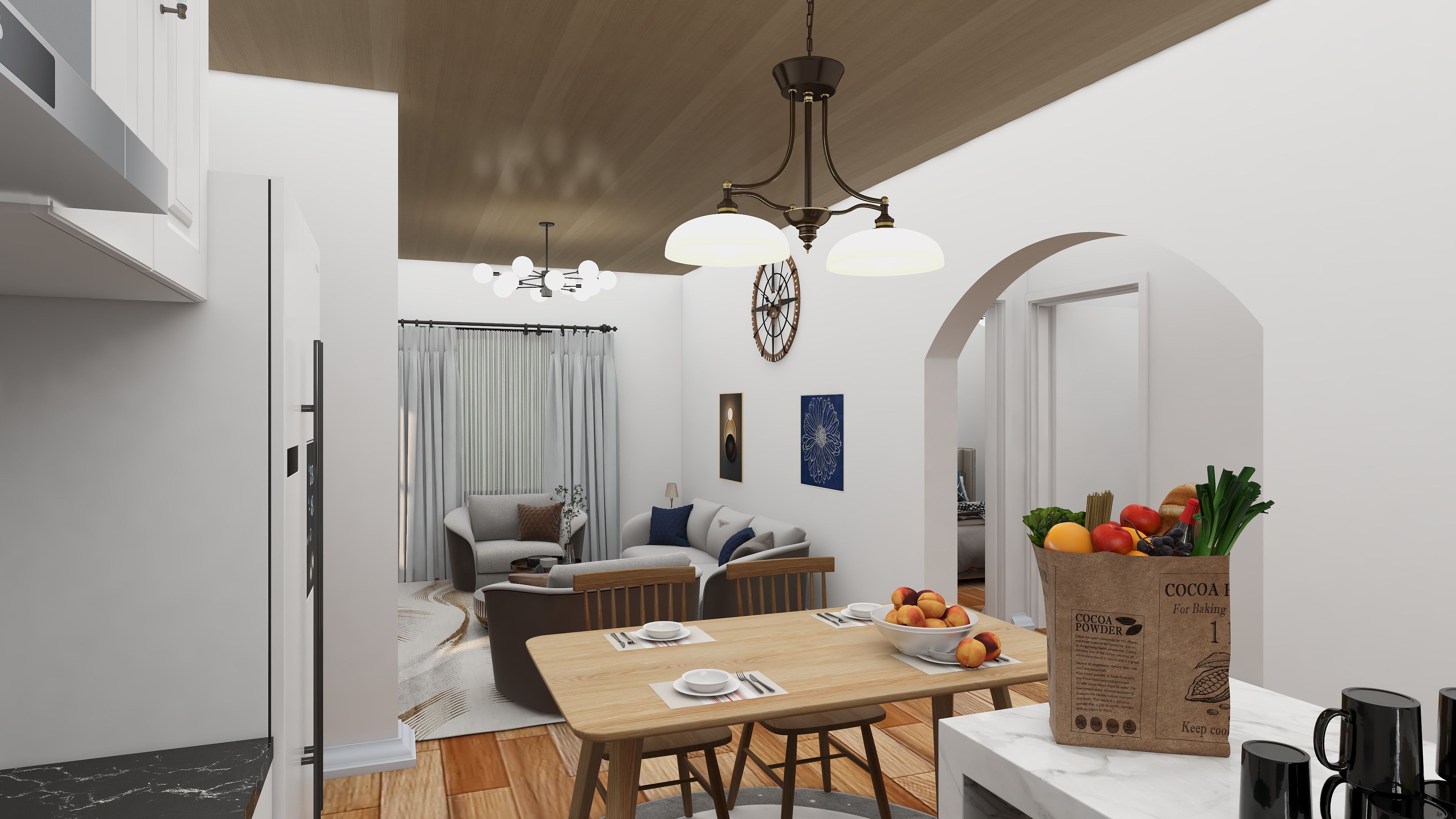What Does Being an Interior Designer Involve: Exploring the Roles and Responsibilities of Interior Designers

Being an interior designer involves a fascinating blend of creativity and technical expertise. Interior designers are responsible for enhancing the interior of a space to achieve a healthier and more aesthetically pleasing environment for the people using it. This profession requires a keen eye for design, a strong understanding of materials, and the ability to create functional spaces that reflect the client's vision. Interior designers start by meeting with clients to understand their needs, preferences, and budgets. They conduct thorough assessments of the space, considering factors such as lighting, color schemes, furniture arrangement, and spatial organization. Once they have a clear understanding of the project, they develop design concepts, which may include sketches, mood boards, and 3D renderings to help clients visualize the final outcome.After obtaining client approval, interior designers select furnishings, materials, and color palettes that align with the overall design scheme. They work closely with contractors and vendors to ensure that the design is executed flawlessly. This involves coordinating schedules, managing project timelines, and ensuring that all elements come together harmoniously. Interior designers must also stay updated on industry trends, materials, and technologies to provide clients with innovative solutions.In addition to aesthetics, interior designers must consider functionality and safety. They often need to adhere to building codes and regulations, ensuring that their designs are not only beautiful but also practical and compliant. This is particularly important in commercial spaces where the flow of traffic and accessibility are crucial.Interior designers may specialize in various areas, including residential design, commercial design, hospitality design, or sustainable design. Each specialization requires a unique set of skills and knowledge. For example, residential designers focus on creating comfortable and personalized spaces for homeowners, while commercial designers may emphasize branding and functionality for businesses.Another significant aspect of being an interior designer is effective communication. Designers must be able to articulate their ideas clearly to clients, contractors, and other stakeholders involved in the project. This includes presenting design concepts, negotiating budgets, and resolving any issues that may arise during the design process.Overall, being an interior designer is an exciting and rewarding career that combines artistry with practicality. It requires a passion for design, an understanding of human behavior, and the ability to create spaces that enhance the quality of life for those who inhabit them.
Tips for Aspiring Interior Designers:
1. Build a strong portfolio showcasing your design skills and creativity.2. Stay updated on design trends and technologies.3. Network with other professionals in the industry.4. Consider obtaining a formal education in interior design or related fields.5. Gain experience through internships or entry-level positions to understand the practical aspects of the job.
FAQ
Q: What qualifications do I need to become an interior designer?A: While formal education is not always required, a degree in interior design or a related field can be beneficial. Many designers also pursue certifications to enhance their credibility.Q: How long does it take to complete a design project?A: The timeframe for completing a design project can vary greatly depending on the scope and complexity. Smaller projects may take a few weeks, while larger commercial projects can take several months or even years.
welcome to Coohom
Please check with customer service before testing new feature.

